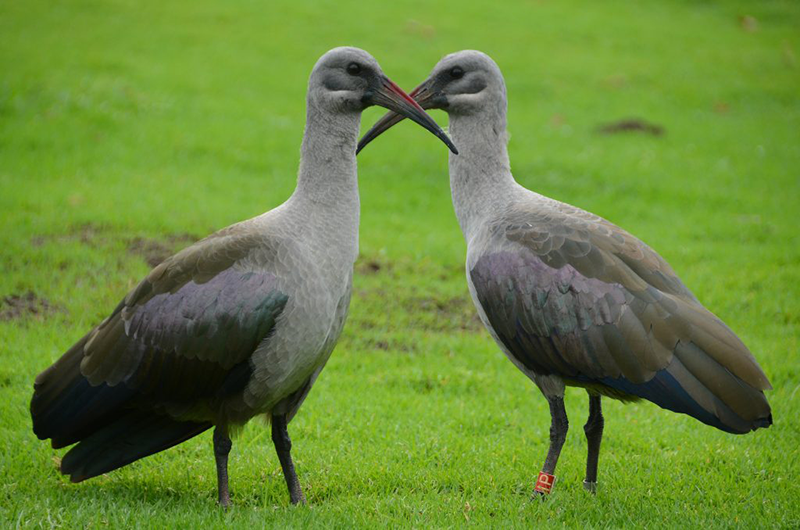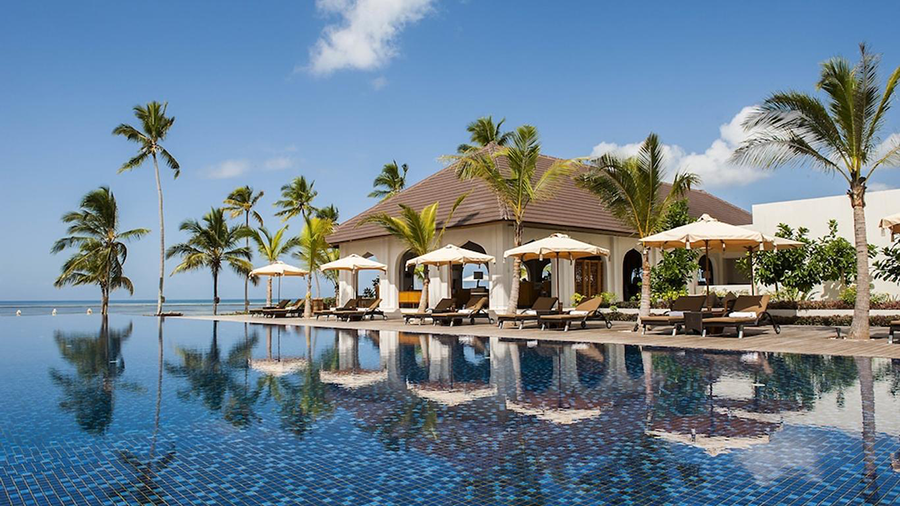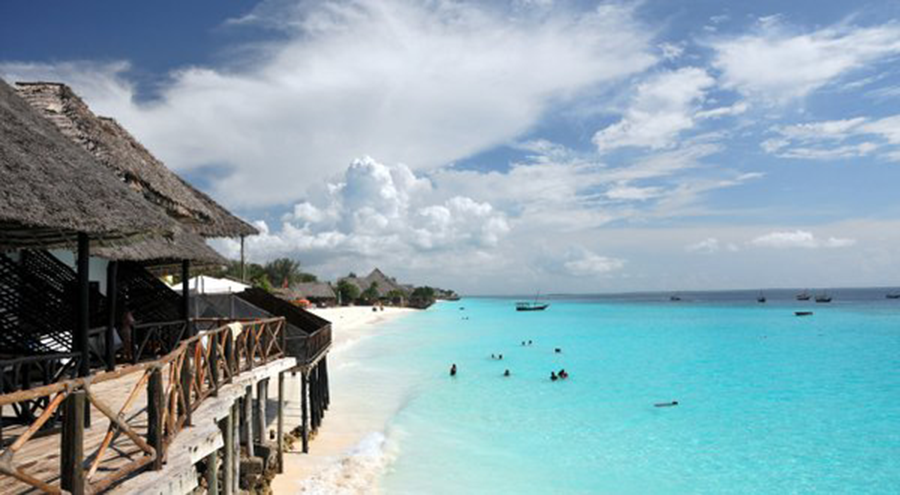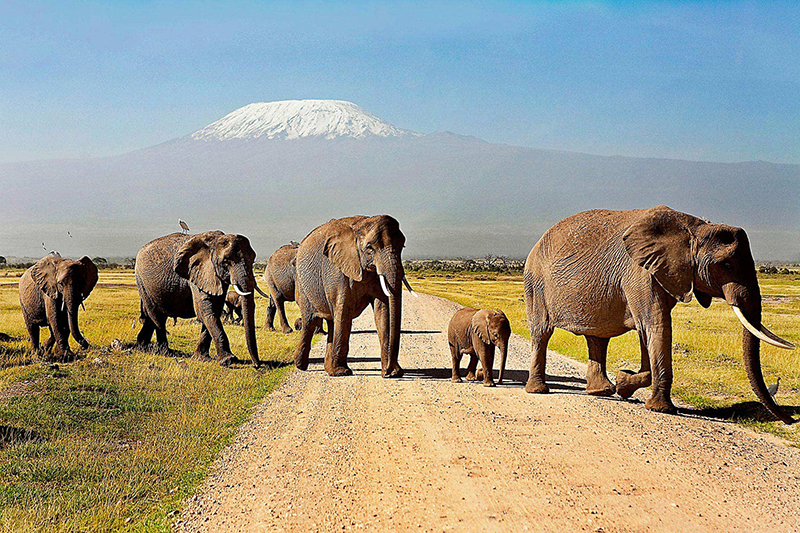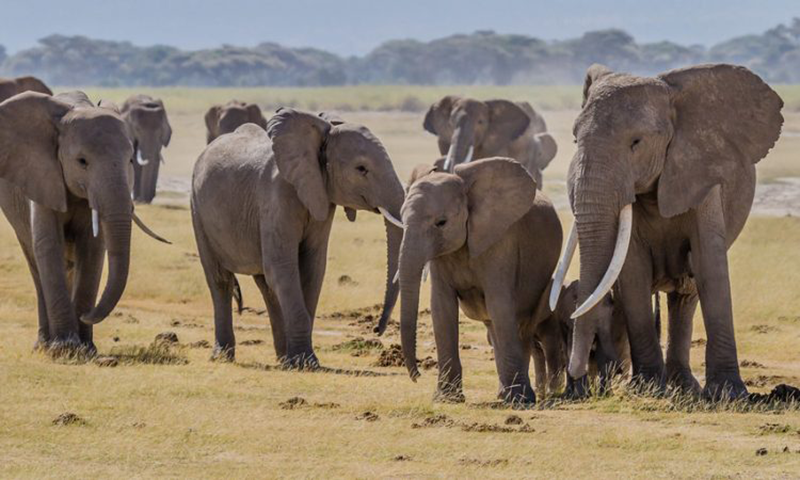Even if you’re not a bird aficionado, bird watching on an African safari can be an amazing experience. If you go bird watching, you’ll be able to do more than just look at birds. You’ll have a unique experience that you could only have in Africa.
Many African Birds Are Quite Large
You don’t necessarily need a set of binoculars in order to go bird watching in Africa. A lot of the birds that are native to Africa are quite large. Birds like the ostrich, the hornbill, and the grey-crowned crane can easily be spotted from a distance.
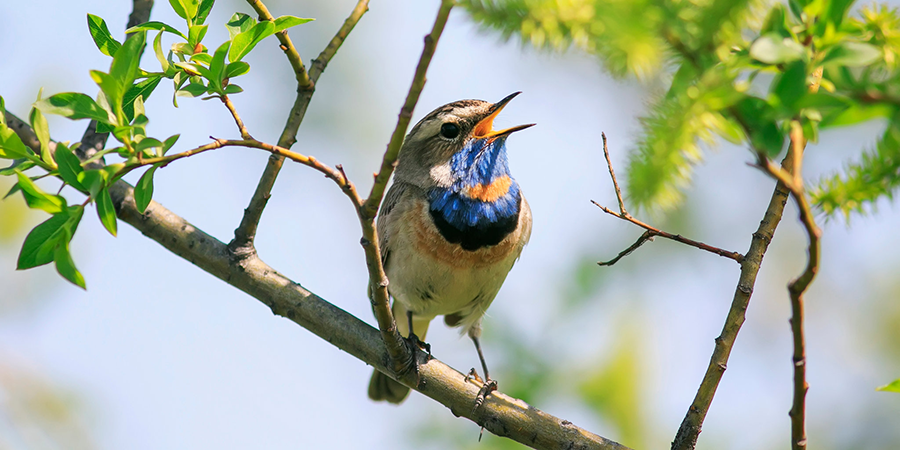
Because so many African birds are so large, they can be a lot of fun to watch. When you go on a bird watching tour, you won’t be bored. There will be a lot for you to see, even if the birds you’re watching are far away.
Africa Is Home To Many Exotic Birds
When you’re on a continent like Africa, you won’t be seeing the same old birds that you see at home. You’ll be seeing birds that are unusual and exotic. You may be able to see birds that you’ve never seen before, not even in a zoo.
You shouldn’t assume that all birds are boring just because you’re sick of seeing seagulls or pigeons. There are many incredible birds that live in Africa. Even if you’re not much of a bird fan, these birds could wind up winning you over.
These Tours Are Extremely Educational
If you go on one of these tours, you’re going to get a fantastic education. You’ll be able to learn all about the various birds that populate Africa. Birds are highly intelligent creatures, and they can be absolutely fascinating to study. You’ll be able to absorb a lot of interesting information from the safari that you go on.
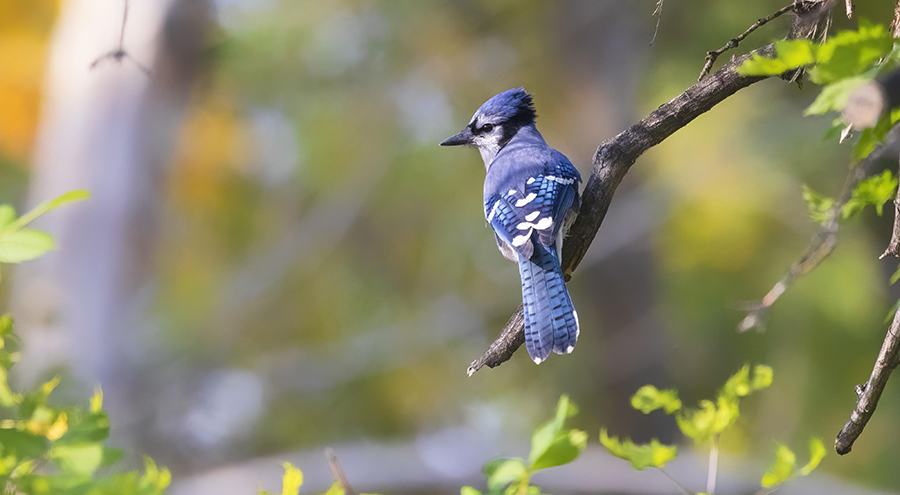
A lot of these tours are staffed by expert guides. The guides will provide you with detailed information about birds, and they will be happy to answer any questions that you have. By the time your tour is over, you may feel like you’re a bird expert.
These Tours Can Be Relaxing
Going on vacation can be fun, but it can also be a bit stressful. If you need a chance to relax and unwind, you should definitely think about going on a tour like this. You’ll be able to kick back, appreciate natures, and see some amazing creatures.
Some recreational activities will pump your body full of adrenaline. If you’re looking for an activity that will calm you down, you should definitely look into various bird watching tours. There are some very relaxing safaris that you can enjoy.
Going On A Safari Doesn’t Have To Be Expensive
If your vacation budget is tight, you’ll want to make sure that you stretch your money as far as it will go. Going on a safari won’t necessarily cost you a lot. In fact, the prices for some bird watching safaris are actually very low.
You shouldn’t avoid safaris simply because you’re worried about the cost. Take the time to learn more about the cost of bird-focused safaris. A lot of these safaris have very reasonable prices. Your safari shouldn’t cost you much, and it could wind up being the highlight of your vacation.
You’ll Be Able To Capture Beautiful Photos
When your vacation is over, you’ll want to make sure you are able to remember your experience. One of the best ways to preserve your memories is to take photos. Safaris will provide all kinds of interesting photo opportunities.
You’ll have plenty of chances to capture pictures of the birds that you see on your tour. When you show your friends and family your pictures, they’ll be amazed by what you saw. Don’t just describe Africa to them; try to take plenty of fantastic photos that you can share.
These Tours Are A Lot Of Fun
Bird watching on an African safari is nothing like bird watching in your own backyard. If you wind up going on a safari like this, you’ll have a chance to see rare and exotic birds up close. You’ll never forget the birds that you see.

